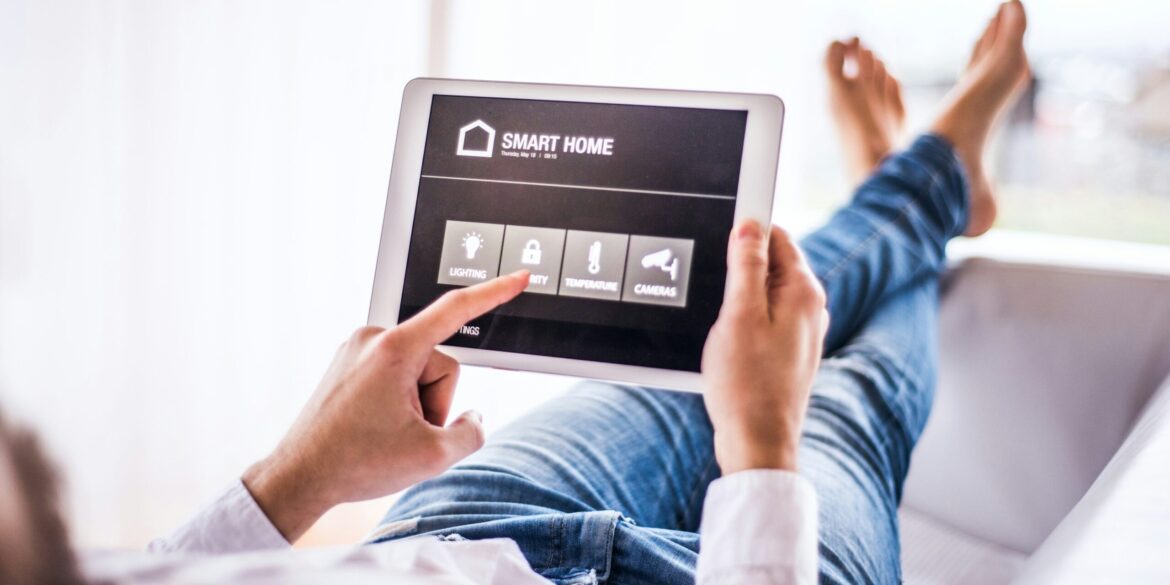In 2025, Americans are increasingly embracing technology not just as a tool, but as an integral part of daily living. Across the country, tech-enhanced lifestyle choices—once seen as novel or limited to early adopters—are now becoming the norm. Smart home systems, wearable health monitors, and artificial intelligence–driven personal assistants are no longer fringe additions to modern life. Instead, they are rapidly becoming foundational to how people manage their homes, health, and routines.
The proliferation of these technologies reflects a broader cultural shift. Americans are seeking tools that deliver more than convenience; they want solutions that improve wellness, encourage balance, and promote meaningful connections. This is evident in the growing number of consumers turning to wearable devices not only for fitness tracking, but also for stress management, sleep analysis, and even reminders to take breaks from screen time. Devices now come equipped with mindfulness prompts, breathing exercises, and features that help users stay grounded in the present moment.
At the same time, smart home systems are evolving far beyond basic functions like voice-activated lights or thermostats. These systems are becoming more intuitive, learning users’ routines and preferences to create environments that support healthier, more efficient living. For instance, smart kitchens can suggest nutritious meals based on dietary goals, while connected lighting systems adjust brightness and color to promote circadian health. Home security systems, once focused solely on safety, now also prioritize privacy, data protection, and ease of use.
This transformation in consumer behavior is not occurring in a vacuum. It is deeply influenced by broader trends in sustainability, mental health awareness, and the increasing importance of work-life balance. As more people seek to reduce their environmental footprint, there is growing demand for products that are energy-efficient, ethically produced, and durable. Many smart devices are now designed with these concerns in mind, using recycled materials and offering longer product lifecycles.
Mental wellness has also become a central theme in how technology is marketed and developed. With rising awareness around burnout and digital overload, tech companies are under pressure to create products that help users find equilibrium, rather than exacerbate stress. Features that encourage digital detoxing—such as scheduled device downtime or non-intrusive notification settings—are becoming more common and are often a key selling point.
The move toward tech-enhanced living is also transforming the consumer marketplace. Brands that prioritize ethical design, user-centered functionality, and real-world benefits are gaining a competitive edge. Products that seamlessly integrate into existing lifestyles and contribute to positive daily habits are especially valued. This is true across demographics, but particularly among younger consumers who have grown up with technology and expect it to adapt to their values and routines.
For tech manufacturers and lifestyle brands, this presents both an opportunity and a challenge. The opportunity lies in developing products that not only meet functional needs but also align with evolving consumer expectations. The challenge is to ensure that these products remain accessible, secure, and easy to use, especially as the range of devices and features continues to expand.
There is also increasing emphasis on interoperability—the ability of different devices to work together within a broader ecosystem. As more Americans adopt multiple smart devices, from fitness trackers to home assistants, they expect these technologies to communicate seamlessly. This interoperability is critical to building user trust and delivering the frictionless experiences consumers now expect.
Experts believe 2025 may mark a tipping point in the evolution of smart living. The adoption curve has accelerated, driven by innovations in artificial intelligence, growing public interest in health and sustainability, and the maturing of technologies that were once considered futuristic. With the U.S. wearables market projected to surpass 100 million adult users this year, and smart home systems becoming increasingly common even in middle-income households, the mainstreaming of tech-enhanced lifestyles appears inevitable.
This shift is not just about gadgets—it’s about how people live, work, and interact with their environments. Technology is becoming a partner in daily life, helping individuals make better decisions, stay connected with loved ones, and maintain healthier routines. As consumers continue to prioritize both utility and ethics in their purchasing decisions, companies that deliver intuitive, respectful, and value-driven tech will be best positioned to lead in this new era.
In the end, the rise of smart living in America is not merely a trend—it’s a reflection of deeper changes in how people relate to their homes, their health, and their sense of well-being. As technology becomes more human-centered and lifestyle-oriented, 2025 may be remembered as the year when living smart became the standard, not the exception.


